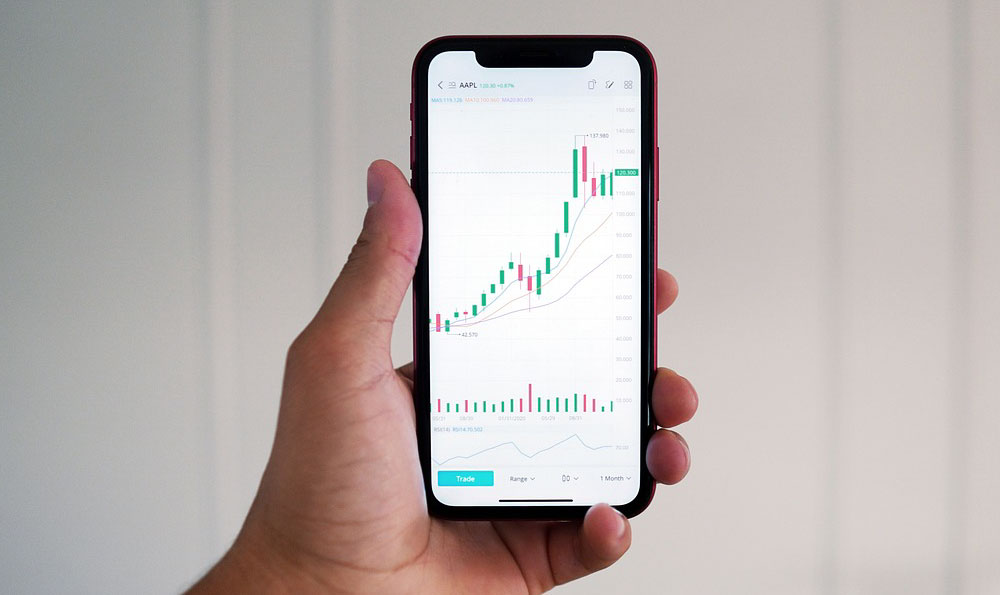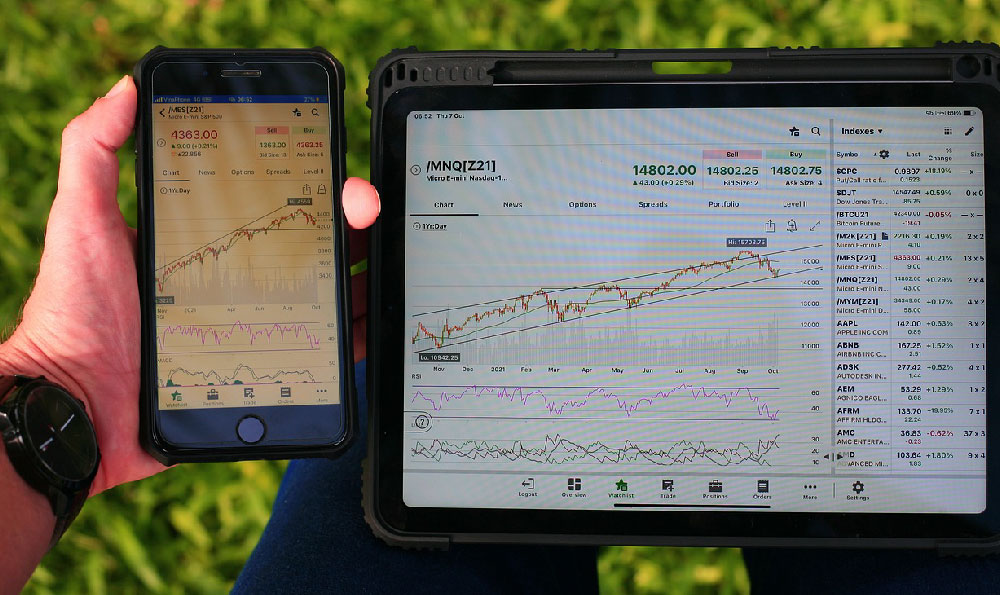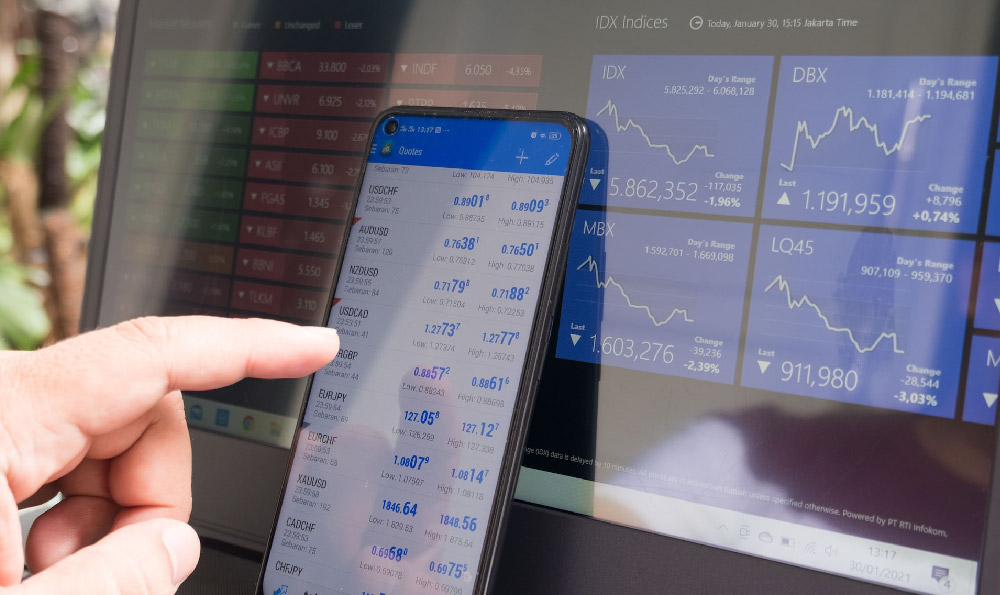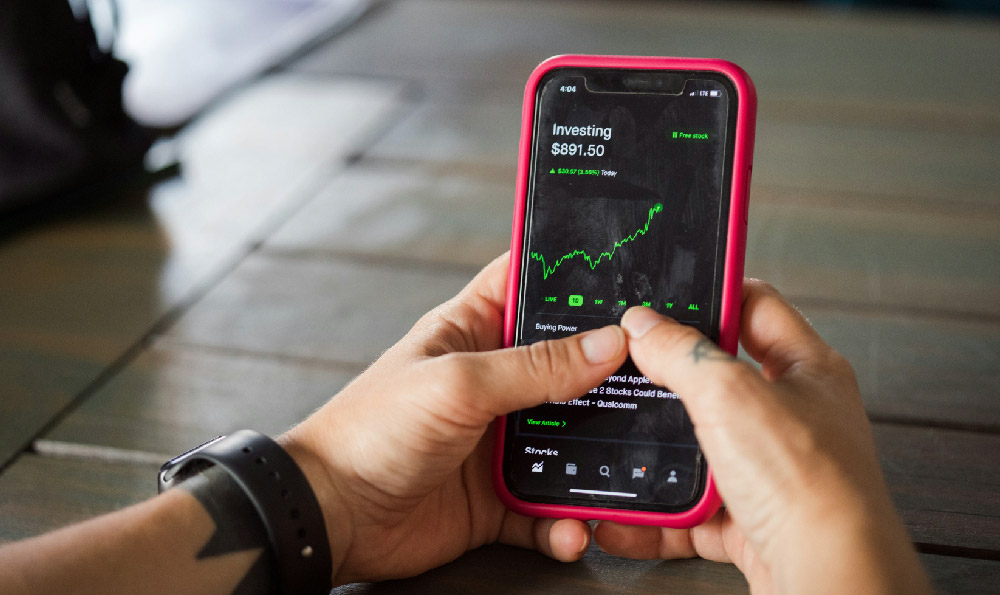Developing and monetizing an app can be a rewarding journey, but it demands careful planning, execution, and a deep understanding of the market. Let's delve into the crucial aspects involved in turning your app idea into a revenue-generating success.
The foundation of any successful app is a clear and well-defined concept. It begins with identifying a problem or need that your app aims to solve. Market research is paramount at this stage. Analyze existing apps in the same domain. What are their strengths and weaknesses? What are users complaining about? What features are missing? This research will help you identify a niche and differentiate your app. Consider your target audience. Who are they? What are their needs and preferences? Understanding your audience will guide your design and feature choices. Once you have a solid concept, clearly define the core functionality of your app. What are the must-have features? What are the nice-to-have features? Prioritize based on user value and development feasibility. Creating a detailed wireframe or prototype is a crucial step before diving into actual development. This allows you to visualize the user flow, identify potential usability issues, and refine the app's design.
Choosing the right technology stack is crucial for the success of your app. Consider factors such as scalability, performance, and development cost. For native apps (iOS and Android), you'll typically use Swift/Objective-C for iOS and Java/Kotlin for Android. Cross-platform frameworks like React Native, Flutter, and Xamarin allow you to build apps for both platforms using a single codebase, potentially saving time and money. However, cross-platform apps may sometimes have performance limitations compared to native apps. Backend infrastructure is equally important. If your app requires data storage, user authentication, or other server-side functionalities, you'll need a robust backend. Cloud platforms like AWS, Google Cloud Platform, and Azure offer a wide range of services for building and scaling your backend. Database selection is crucial. Consider your data storage needs and choose a database that is appropriate for your application. Options include relational databases like MySQL and PostgreSQL, and NoSQL databases like MongoDB and Cassandra. User interface (UI) and user experience (UX) are critical for user engagement. Design an intuitive and visually appealing interface that is easy to navigate and use. Consider accessibility for users with disabilities. Conduct user testing throughout the development process to gather feedback and identify usability issues.

With a solid plan and the right technology in place, you can begin the development process. Agile methodologies, such as Scrum, are often used for app development. These methodologies involve iterative development cycles, frequent communication, and continuous feedback. This allows you to adapt to changing requirements and ensure that the app meets user needs. Rigorous testing is essential to ensure that your app is stable, reliable, and bug-free. Conduct unit tests, integration tests, and user acceptance tests. Use automated testing tools to streamline the testing process. Security should be a top priority. Implement security measures to protect user data and prevent unauthorized access. This includes secure authentication, data encryption, and regular security audits.
Once your app is developed and tested, it's time to launch it on the app stores (Apple App Store and Google Play Store). Prepare a compelling app store listing with a clear description, attractive screenshots, and a captivating video. Optimize your app store listing for relevant keywords to improve its visibility in search results. Develop a comprehensive marketing plan to promote your app. This could include social media marketing, content marketing, paid advertising, and public relations. Leverage social media platforms like Facebook, Twitter, and Instagram to reach your target audience. Create engaging content that showcases the benefits of your app. Consider running paid advertising campaigns on app stores and social media platforms. Public relations can help you generate buzz and reach a wider audience.
Monetizing your app requires a strategic approach. There are several common monetization models to choose from. The right model depends on the nature of your app and your target audience. In-app advertising is a common monetization model. Display ads, banner ads, and video ads can generate revenue based on impressions or clicks. Be careful not to overwhelm users with ads, as this can negatively impact the user experience. Freemium is another popular model. Offer a basic version of your app for free, with optional premium features available for purchase. This can attract a large user base, and a percentage of those users may convert to paying customers. In-app purchases allow users to buy virtual goods, premium features, or subscriptions within your app. This can be a good option for games and apps that offer ongoing content or services. Subscription models provide recurring revenue by charging users a monthly or annual fee for access to your app or its premium features. This can be a good option for apps that offer ongoing value and content. Paid apps require users to pay a one-time fee to download the app. This model is less common now, but it can be effective for apps that offer a unique and valuable service.
Continuous improvement is essential for long-term success. Track key metrics such as downloads, user engagement, retention, and revenue. Use analytics tools to understand how users are interacting with your app. Collect user feedback through surveys, reviews, and social media. Use this feedback to identify areas for improvement. Regularly update your app with new features, bug fixes, and performance improvements. Keep your app up-to-date with the latest operating system versions and device capabilities. Monitor your app's performance and address any technical issues promptly. Invest in customer support to provide users with assistance and resolve any issues they may encounter. This can improve user satisfaction and loyalty.
Finally, building a successful app requires a long-term commitment. Be patient, persistent, and adaptable. The app market is constantly evolving, so it's important to stay up-to-date with the latest trends and technologies. Embrace failure as a learning opportunity and continuously iterate on your app. Remember that building a successful app is a marathon, not a sprint. With careful planning, diligent execution, and a focus on user needs, you can turn your app idea into a thriving business.












